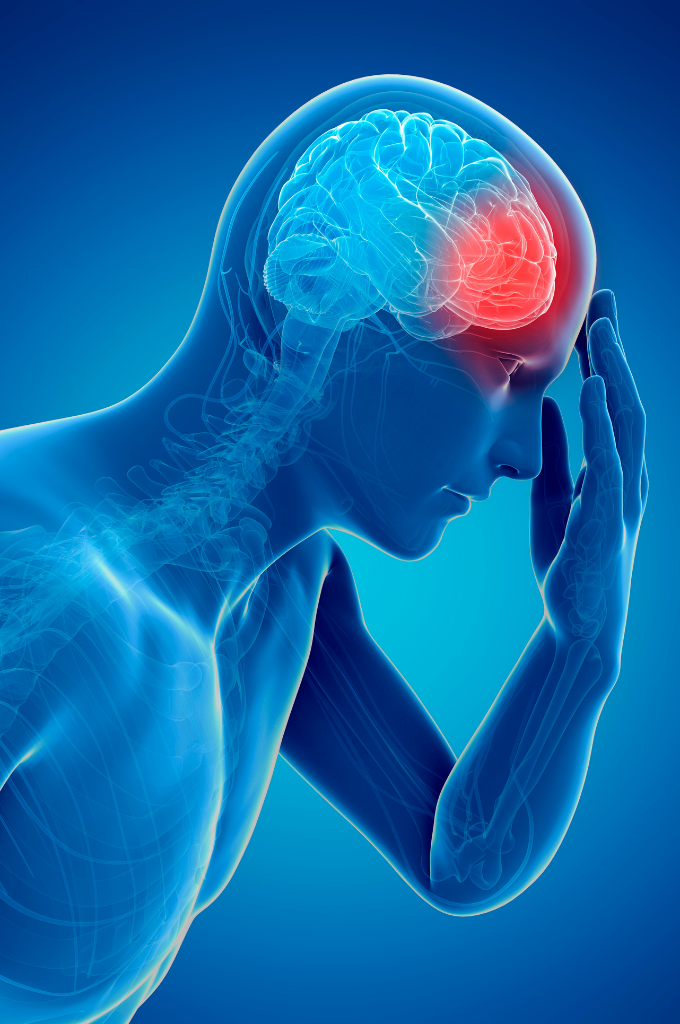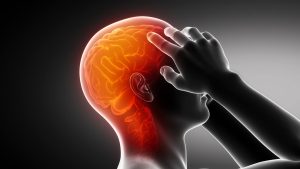Before diving into the complex world of headaches, it is important to start with a premise: the IHS (International Headache Society) has classified around 100 different types of headaches. In this article, we will try to give readers a clear and simple overview of the topic, along with some practical advice for those who suffer from this condition.
When we talk about headache, medically referred to as cephalgia, we mean a pain localized in the head. This pain can be triggered by cervical or cranial structures (joints, muscles, nerves, etc.) which, when hypersensitive, activate the pain response. Headaches can be divided into two main categories:
- Primary headaches: when the headache itself is the condition, not caused by another medical issue;
- Secondary headaches: when the headache is a symptom of another disorder or condition, for example as a result of whiplash, temporomandibular joint trauma, an infection, internal bleeding, or a tumor.
Primary Headaches
In this article, we will focus only on the most common types of primary headaches.

Tension-Type Headache
The most common form is the Tension-Type Headache (TTH). The pain is usually moderate in intensity and often described as a band- or helmet-like pressure around the head (affecting both sides). Patients typically report a sensation of tightness and pressure. Unlike other headache types, symptoms such as nausea, vomiting, dizziness, or vertigo are not present.
Migraine
Migraine is the second most common type of primary headache. Patients often describe the pain as a sharp, pulsating sensation located in the frontal area above the eye and at the temple, usually on one side of the head. It is frequently accompanied by symptoms such as nausea, vomiting, sensitivity to light, sound, and sometimes even smells. Because of the severity, individuals often seek relief in a quiet, dark room.
Migraines can occur with or without aura. An aura refers to temporary neurological symptoms that appear before the headache begins, most commonly visual disturbances. Less frequently, aura may involve unilateral tingling of the face, arm, or leg, or even speech difficulties (aphasia).
Cluster Headache
The Cluster Headache is much less common than the first two, but unfortunately, it is among the most painful. Patients experience severe pain on one side of the head, most often around the eye. This condition is characterized by alternating periods of active headache episodes (known as clusters) and spontaneous remission phases. Attacks can last from 15 to 180 minutes and occur up to 8 times in a single day. Additional symptoms, such as tearing of the eye and nasal congestion on the same side as the pain, are also frequent.
What to Do If You Suffer from Headaches
After consulting “Dr. Google,” it’s easy to worry that we might have every type of headache imaginable. Let’s take a step back and look at some practical advice for managing this condition. As you may have noticed, headaches—although sometimes separated by months—can persist for years. This is why it is strongly recommended to be followed both by a physician and a physiotherapist for a comprehensive, 360-degree approach.
Here are the key things to know about headaches, migraines, and related disorders:
- Together with your doctor, establish the most appropriate pharmacological treatment. For acute phases, nonsteroidal anti-inflammatory drugs (NSAIDs) or triptans are often prescribed. However, we caution readers that excessive and prolonged use of medications can actually increase the frequency of headaches. Proper dosage is therefore essential. Certain drugs, such as beta-blockers or anticonvulsants, are also used effectively as preventive treatments for patients who experience long or frequent migraine attacks.
- Lifestyle improvements: regular physical activity, adequate hydration (while reducing alcohol and caffeine intake), balanced nutrition, and better quality and quantity of sleep have all been shown to positively impact the frequency of headaches.
- A physiotherapy assessment can help identify possible joint and/or muscular impairments. Mobility restrictions in flexion, extension, and rotation of the neck, as well as weakness of the cervical, thoracic, and peri-scapular muscles, can become specific targets of a tailored exercise program. More generally, aerobic exercise of moderate to high intensity is recommended for all primary headaches—and especially high-intensity activity for migraines. (Effects of different endurance exercise modalities on migraine days and cerebrovascular health in episodic migraineurs: A randomized controlled trial, H. Hanssen et al. 2017).
- Do not underestimate the role of stress and anxiety in triggering headaches. In this regard, mindfulness, yoga, relaxation exercises, and breathing techniques are increasingly being incorporated into clinical practice for headache management.
Final Thoughts on Headaches
We encourage our readers to be cautious with healthcare providers who offer only passive treatments. A comprehensive, active approach is always the best option for those suffering from headaches, with the patient at the center as an active participant in the healing process.
Pharmacological treatment (managed with your doctor), combined with manual therapy and tailored aerobic and resistance exercises created by a specialized physiotherapist, currently represent the most effective strategy for managing persistent headaches.
With patience, consistency, and the right support team, even the most challenging situations can be overcome, allowing you to return to the activities you love.


